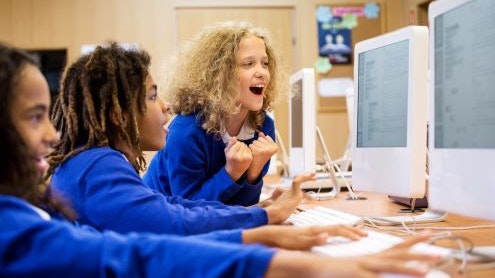Homepage
•
Learning Library
•
Blog
•
Turn screen time into learning time
Expand breadcrumbs
Expand breadcrumbs
- Learning Library
- Blog
- Turn screen time into learning time
- Homepage
- •
- Learning Library
- •
- Blog
- •
- Turn screen time into learning time
Turn screen time into learning time
By Pam Simon
August 19, 2019








